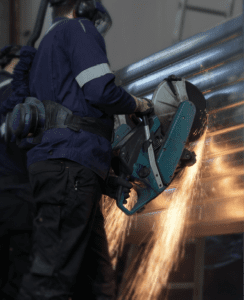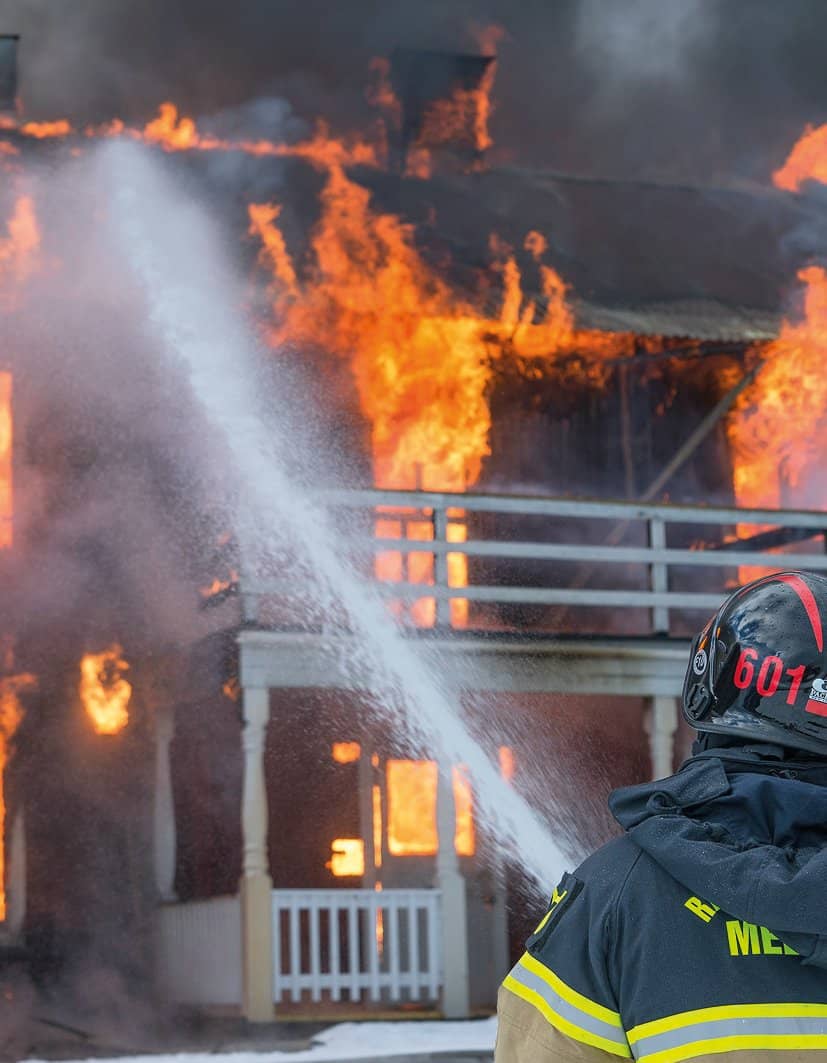
Protecting against the risk of blast or explosions

A risk assessment is something that should be undertaken at regular intervals to identify new threats, risks and vulnerabilities. Protecting against blast attacks is only one element of mitigation strategies, but potentially the most severe risk a property can encounter.
For buildings that are either culturally significant, contain assets of high value or that experience high volumes of people, there is an unprecedented risk of explosion.
As stated on the MI5 website, the UK currently faces a ‘Substantial’ national threat from terrorism.
In place through-out the UK, specialist task forces are constantly prepared to tackle imminent danger.
The National Counter Terrorism Security Office (NaCTSO) police unit in particular continually identifies and eliminates terror threats both within the UK and beyond its borders.
Protecting against blast attacks is a high priority, especially as terrorism is, unfortunately, the main concern.
In cases of terror attacks, an attacker will intend to cause as much havoc and fear without a thought for the casualties and loss of life that are the result of an explosion.
For sites and facilities that store, or play a large part in the life-cycle of, flammable materials such as fuel, must also protect their facilities against blasts that are considered accidental.
Whilst protecting the people is not to be overlooked, sites that are identified as Critical National Infrastructure (CNI) – for example Energy facilities – protecting the property from destruction is a much bigger concern.
Download our guide: Protecting Against Blast
Why is it important to protect against a blast attack?
Fuelled by extremist views, emotion or a whole manner of other things, terrorists are defined as those who intend to cause harm against civilians in the pursuit of political or religious aims. A terrorist attack can come in many forms but as we have seen in news cycles across the world, bombs detonated in widely-populated public spaces have a more dangerous impact and garner a lot more attention.
A property that has identified blast a potential threat, whether it is a commercial space or a building on a Military Defence site, must be reinforced to withstand extreme conditions. Understanding what a blast will do to a property is a large part of this.
When a bomb is detonated, the initial explosion will create an enormous amount of pressure (referred to as incident pressure) which is then projected onto everything surrounding it causing massive destruction. This initial blast will effectively bounce off the objects around it, whether it be a vehicle, doorway or person, subsequently creating a negative pressure force. This pressure will then bounce back, causing further damage to the weakened building structure and its fixtures and fittings.
One of the biggest concern when protecting against blast attacks is debris. Whether it be dislodged brick from three floors up, glass shattering from initial pressure or other materials splintering, a close explosion will cause significant damage to the building structure.
Buildings are much more capable to withstand a blast, so it is important to remember that anything placed in-between bomb and civilian is a measure in itself. Physical reinforcement through tried and tested products designed to counter attacks of this kind is vital; the worst possible action is to do nothing at all.










